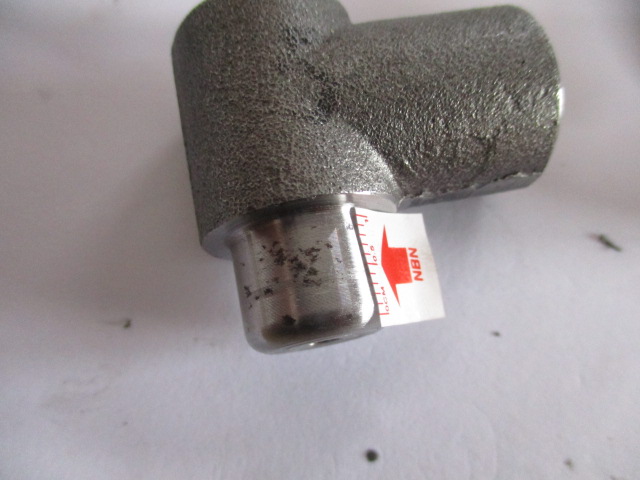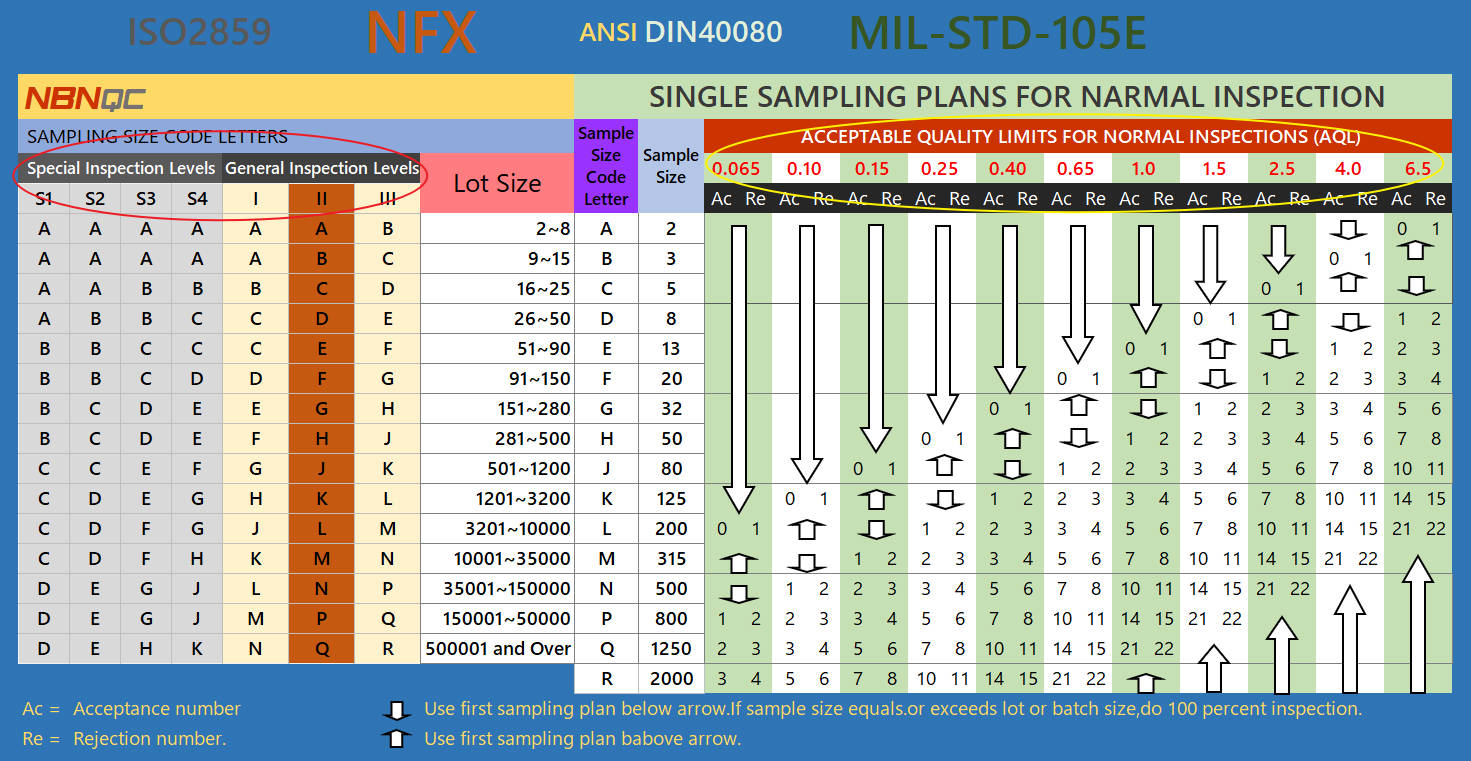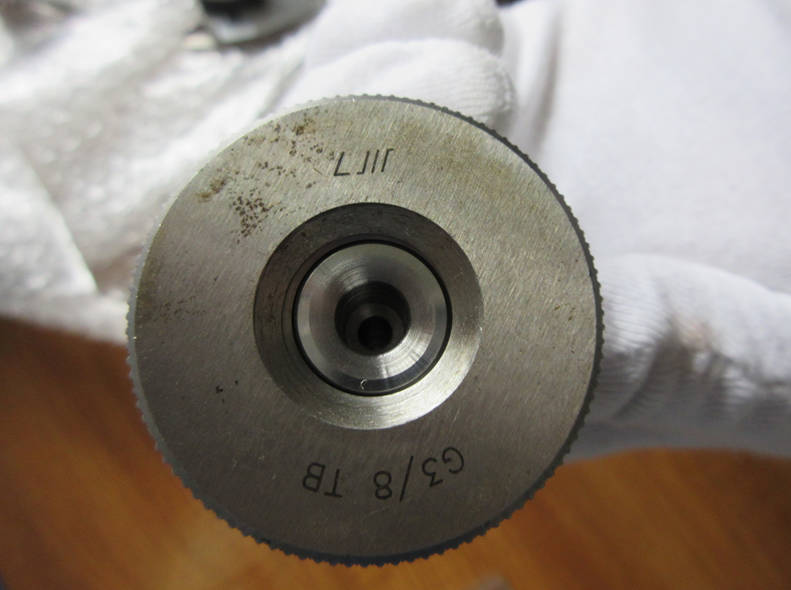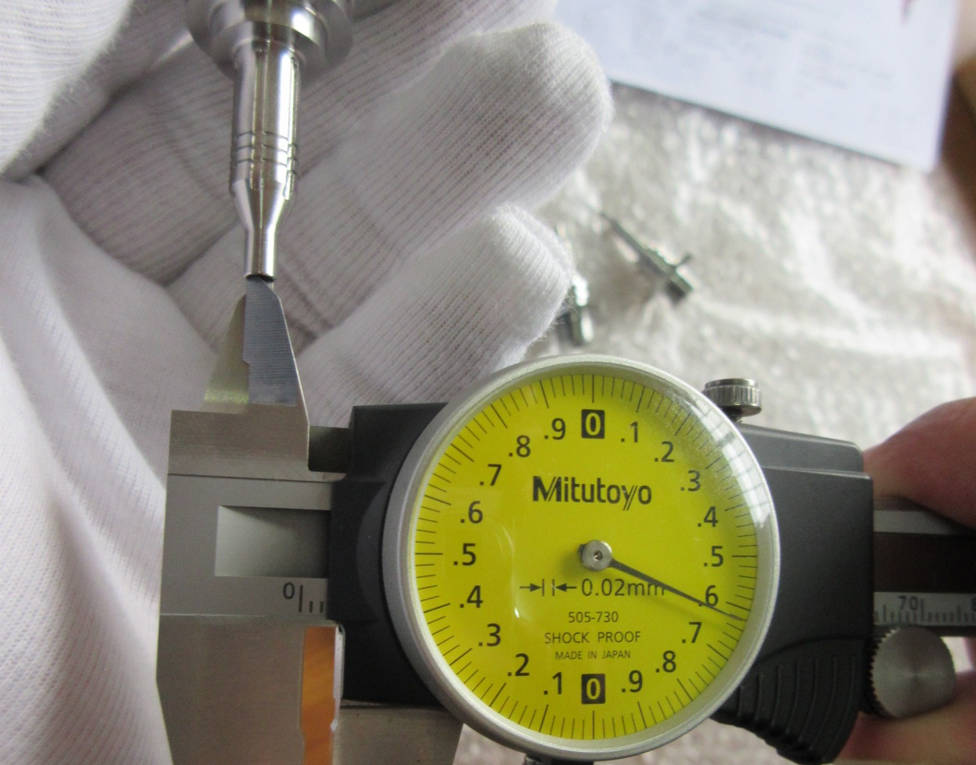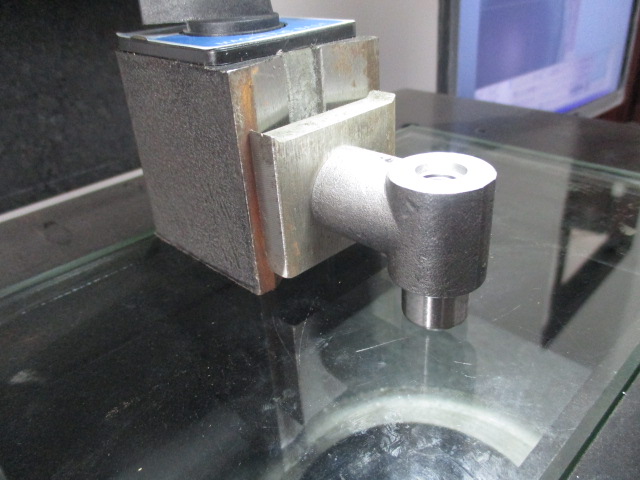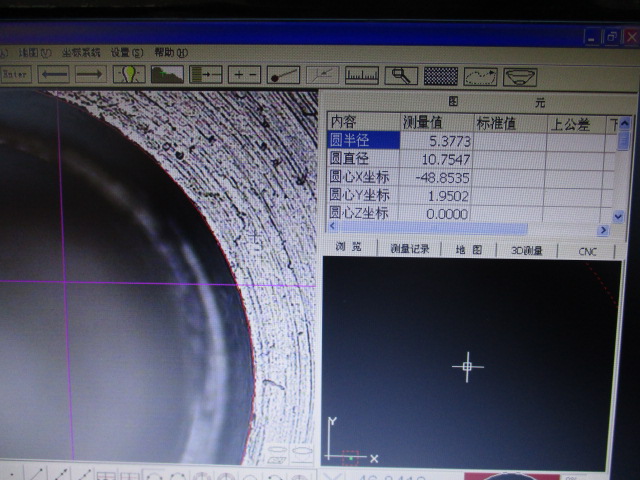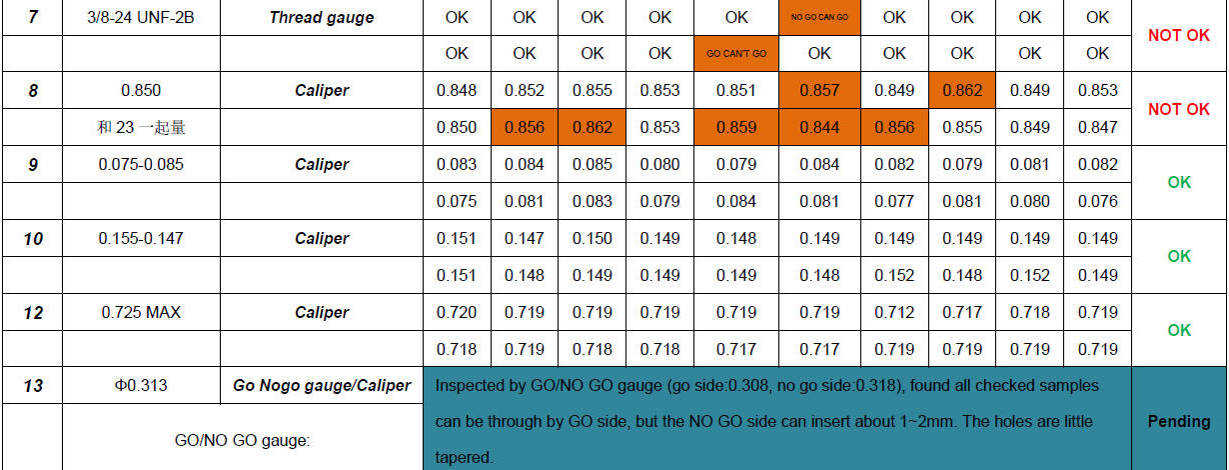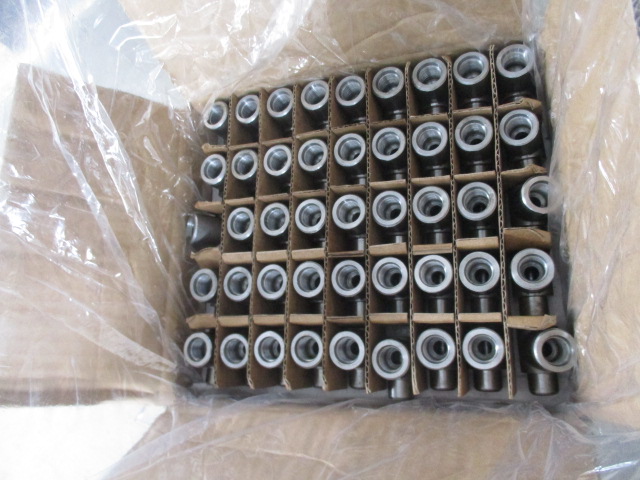We provide mechanical parts quality control services in China
Specializing in mechanical parts quality control services, we operate in the heart of China's manufacturing sector. Our expertise is focused on delivering unparalleled accuracy and consistency in each component we inspect. Utilizing state-of-the-art technology and adhering to rigorous standards, we ensure that every part meets both international and domestic quality requirements. Our services cater to a wide range of industries, including aerospace, automotive, and medical devices, offering reliable quality assurance for businesses seeking excellence in manufacturing.
The key points of mechanical parts inspection
The primary objective of inspecting mechanical parts is to verify their dimensional accuracy, material quality, surface smoothness, and overall integrity, adhering to all the detailed specifications in the blueprints. Additionally, the inspection ensures that the parts are free from any noticeable damage or rust, thus ensuring they fulfill the functional requirements.
Material Check
Based on the material requirements specified in the client’s drawing, inspectors can initially test the parts using a hardness tester and a spectrometer to verify if the correct material has been used.
Additionally, it's advisable to request a purchase list from the supplier, along with material test reports provided by the material supplier, to ensure that the material's specifications conform to the drawing.
Visual Inspection
Sampling
The number of samples for random inspection is determined based on the INSPECTION LEVELS requested by the client and the LOT SIZE of the goods. Then, find the corresponding AQL on the table. For example, if the required INSPECTION LEVEL is II, AQL is 0/2.5/4.0, and the LOT SIZE is 5000 pcs, then 200 pcs will be randomly sampled. The acceptable range for the number of defects is Critical 0 pcs/Major 10 pcs/ Minor 14 pcs. If the number of defects exceeds these limits, the goods will be rejected.
(Default: Inspection level II, AQL 0/2.5/4.0)
Quality check
Each sample selected for random inspection is individually examined, and all defective products are identified and segregated. These defective products are then categorized and quantified. This result determines whether the entire batch of goods falls within the AQL (Acceptance Quality Limit) range and is the key basis for deciding whether to accept or reject the shipment.
Classification of defects in precision parts
Critical Defects
These defects typically lead to part failure or pose a serious threat to user safety. They include structural defects like deep cracks, undetected internal voids, and significant deviations in critical dimensions.
Major Defects
These defects may not immediately affect the part's function but can reduce its lifespan or performance. This includes dimensions beyond allowable tolerances but not to the extent of critical defects, poor surface treatments (like uneven coatings), rusty and minor cracks.
Minor Defects
These defects typically do not affect the part's functionality and safety, they may affect the part's aesthetics or long-term durability. They include minor surface scratches, color variations, slight non-conformity in surface roughness, etc.
Dimensional Measurement
Use of sophisticated measuring tools such as digital calipers, micrometers, and coordinate measuring machines (CMMs), which provide high-precision measurements. These tools are selected based on the part's dimensions, geometric complexity, and the required level of accuracy, enabling precise measurement of lengths, diameters, angles, and other critical dimensions.
The measurement process adheres to strict procedures to guarantee accuracy. Inspectors perform measurements in controlled environments to eliminate external variables. They follow a systematic approach, often taking multiple measurements at various points and orientations to account for potential inconsistencies. The measured values are then meticulously compared with the design specifications or blueprints, ensuring that each part is within the acceptable tolerance limits.
Packing & Packaging
Checking the packaging materials for durability and suitability, ensuring they provide adequate protection against impacts, vibrations, and environmental factors like moisture and dust, and ensure that the parts are securely placed within the packaging.
Additionally, the packaging must be clearly labeled with relevant information, including part numbers, handling instructions, and any necessary warnings.
Common Tests Mechanical Parts inspection
-
Material analysis
-
Surface finish examination
-
Structural integrity test
-
Hardness test
-
Functional test
-
Salt spray test
-
Load and stress test
